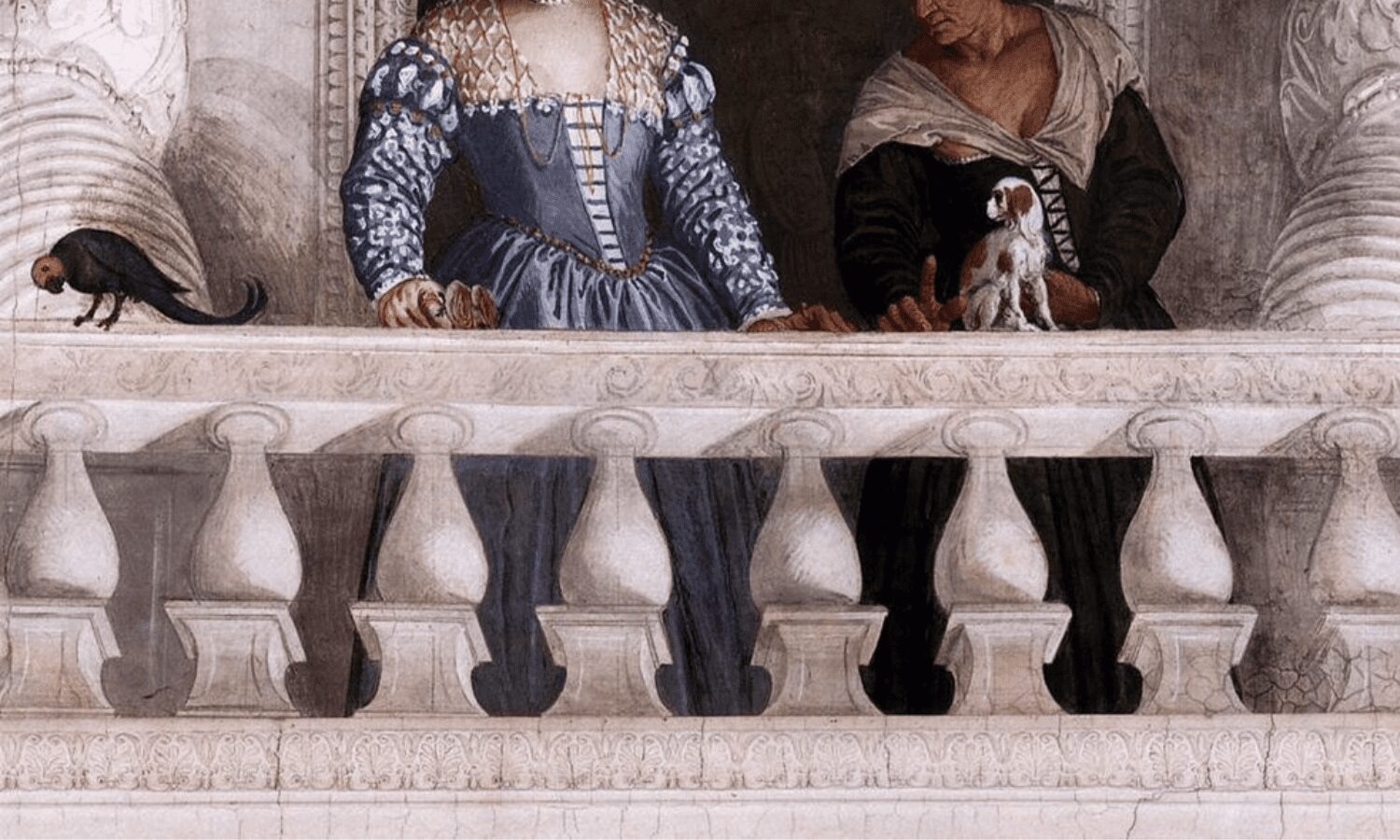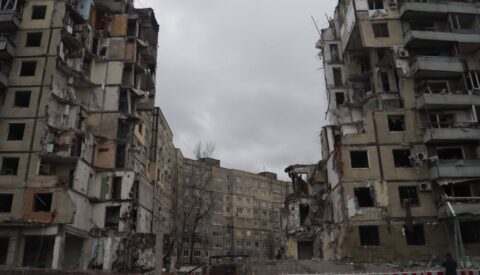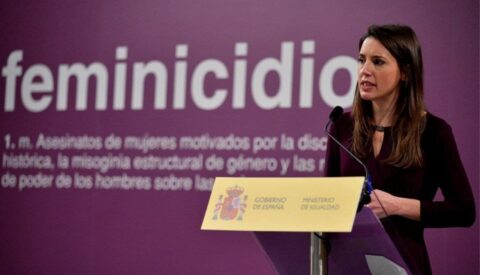Bezos To Veronese, The Paradox Of Decadence That Keeps Venice Alive
While billionaire Jeff Bezos turns Venice into a vanity set, the Prado museum in Madrid is currently featuring a major exposition of legendary Venetian painter Paolo Veronese. What was true in the Renaissance is almost true today: Art, power and decadence intertwine in the city that learned to live from its own sinking.
Article
2025

Article
Paolo Veronese never painted a Jeff Bezos portrait. But had the two men lived in the same century, the artist would have set up the Amazon founder in the best of his palazzi: overlooking the Grand Canal, with a Solomonic column and staircase as lavish as Bezos’ algorithm.
Such a painting would not only represent the portrait of a nouveau riche, it would be the pictorial consecration of power. Hyperbole of luxury becomes the apotheosis of a man who thinks he’s a god because he can buy the stage of his fantasies.
This is what he has done with the singular city of Venice, which Veronese made his canvass in the 16th century.
Today, Venice no longer belongs to the Venetians. Not even to Italy. It is the property of the tycoons, the yacht cruisers and alluvial influencers. It is a city expropriated by tourism, turned into a stage set, and rented out for the whim. It is, if you will, a theme park where the present-day Veronese would no longer paint the Cana banquet, but celebrate it in the flesh, with French wine, fireworks and confidentiality clauses.
And of course, the wedding of Jeff Bezos and Lauren Sanchez, which we may consider the final scene of a republic that is dying of celebrity.
The coincidence is obscene, or perhaps simply revealing: this wedding happened at the same time that Madrid’s Prado Museum is opening its doors to one of the most important exhibitions ever dedicated to Veronese, the artist who best understood the scenography of the Venetian elite in the Renaissance era.
Now Bezos is recreating that same scenography in real time, renting palaces, churches and wharfs. The difference is that Veronese painted opulence. Bezos stars in it. Veronese elevated it to myth. Bezos trivializes it. One composed allegories. The other destroys them with a drone.
And it is no coincidence that it all happens in Venice, the city that has best known how to aestheticize its decadence. Venice has been dying since the 18th century. Since its republic vanished. Since Napoleon took his horses from St. Mark’s Square. Since Wagner breathed his last chord there. And yet it has never stopped being fascinating. It has never ceased to capitalize on its ruin. It is the only city in the world that has made wreckage a business model.
Prado eternity, Instagram wedding
The Prado exhibition confirms this with shattering elegance. It brings together monumental canvases that are at the same time theatrical, choreographed and megalomaniac. Because Veronese did not paint scenes. He painted operas. With fictional architecture, impossible perspectives and a color palette that looks like something out of a San Polo silk store. What his paintings depict is not so much life as the representation of life. It is not power, but the liturgy of power. Not nobility, but its staging.
His wedding was not just an event. It was a performative gesture. A baroque statement
And that is precisely what Bezos has understood: With the impunity of those who can buy fiction. With the arrogance of those who can rent a city to stage their biography. His wedding was not just an event. It was a performative gesture. A baroque statement. An intervention in the cultural fabric of the planet. And also a confirmation that money has replaced patronage, that power has renounced aesthetics, and that beauty has become a luxury souvenir.
Veronese painted for the Doges and for the Senate. Bezos produces for his Instagram account. Veronese glorified Venice. Bezos uses it. What was once symbol, is now scenery. What was once permanence is now ephemerality. And the city, in the midst of mirage, continues to sink. Not only literally — with high water, salt erosion and climate change — but morally. Because its soul has surrendered to profitability. Because it is no longer a city, but a packaging.
Romanticism as industry
And yet, Venice gives in. It lends itself. It sells itself. Not out of treason, but out of fatigue. Because it can no longer resist. Because its local population has dwindled to ridiculous numbers. Because there are no more bakers, no more doctors, no more children to run through its grounds. And because romanticism is an industry. The same romanticism that fascinated Lord Byron, Henry James or Thomas Mann. The same that Bezos buys today to frame his wedding cake.
The difference is that they used to write. He sponsors.
The question, then, is not why Bezos chose Venice. The question is whether Venice had an alternative. The city has been for centuries the capital of artifice, commerce and spectacle. But also of art, humanism and diplomacy. It is no coincidence that public opera, modern printing and the international banking system were born there. Nor is it a coincidence that Veronese worked there, together with Titian and Tintoretto, at a time when beauty was used to think the world.
Today, instead, Venice is used to accumulate likes on social media.
The Prado exhibition brings Veronese back to the center of the story, but it does so with an involuntary melancholy. Because what the museum portrays is a lost world. It is a world where luxury had symbolic justification, where power knew it needed to legitimize itself in the dignity of a canvas, and art was an instrument of political representation. Not a whim. Not a fetish. Not a decoration.
Venice has always been artifice. It has always been a mask
In this context, the Bezos figure is also that of a usurper. Not because he does not have the right to marry in Venice — which he does — but because he has confused the scenery with the truth. Because he has turned the Palazzo into a film set. Because he has manipulated history to feel like a protagonist. And he has done it with the cynicism of those who ignore what they are stepping on, but also with the arrogance of those who can afford not to know.
In the 16th century, patrons commissioned Veronese to paint biblical scenes in which the characters were dressed as Venetian nobles. That was a way to make them immortal. To be inscribed in eternity. Today, millionaires immortalize themselves with drone videos and Hello covers. What used to be painting, is now posing. What was once transcendence, is now instantaneousness.
Staying alive
And yet there is something profoundly Venetian about it all. Because Venice has always been artifice. It has always been a mask. It has always been about appearance. Its decadence is not an accident. It is a style. It was in Veronese. It is in Bezos. The difference is in the awareness. Veronese knew he was composing an allegory. Bezos thinks he’s founding an empire.
That is why the Prado exhibition is not only a painting lecture. It is a history lesson — and also an uncomfortable mirror. It reminds us that we have replaced art with content, beauty with virality, the city with the selfie. That we no longer travel to see, but to show ourselves. That we no longer love the city, but the postcard. And that, as Thomas Mann would say, “death in Venice” is not just a metaphor. It is an expired metaphor.
Veronese painted with oil and glory. Bezos signs with a black card. And Venice, meanwhile, continues to strike a pose. She knows she is being used. But she also knows that this is the only thing that keeps her alive.
This content is part of a collaboration agreement of ‘WorldCrunch’, with the magazine ‘Ethic’. Read the original at this link.






